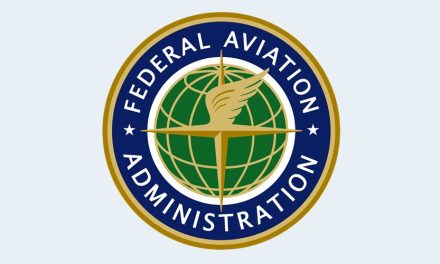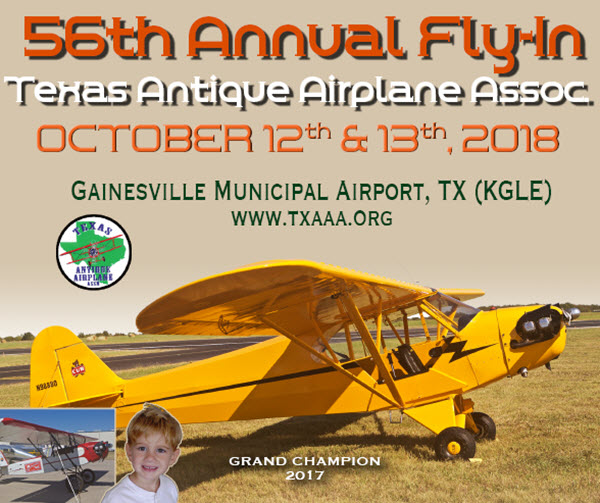 EAA’s Dynon STC effort energizes effort toward broader application
EAA’s Dynon STC effort energizes effort toward broader application
EAA AVIATION CENTER, OSHKOSH, Wisconsin — (January 19, 2017) — A proposed new compliance pathway for Parts Manufacturer Approval (PMA) for manufacturing of low risk safety-enhancing avionics and other low risk equipment emerged during a January 17 meeting in Oshkosh between EAA, top FAA officials, and aviation industry members.
This alternate approach would be based on a tiered system that provides different methods to show a compliant quality system and varied levels of oversight, based on the level of risk associated with the specific equipment being certified. This follows the FAA’s risk-managed approach applied to many other facets of regulation and policy. It would provide a means to approve the manufacturing of lower-risk, safety-enhancing equipment for general aviation aircraft, previously only available to the amateur built aircraft community.
“This is a major breakthrough in an area that was pioneered with the Supplemental Type Certificate work by EAA, FAA and Dynon introduced last April,” said Sean Elliott, EAA’s vice president of advocacy and safety. “After months of initial discussion, FAA and industry officials came to Oshkosh this week with great enthusiasm to put the best ideas together for proposed permanent changes benefiting all of general aviation.”
Joining EAA at the Oshkosh meeting were FAA officials from the aircraft certification and production branches of FAA headquarters in Washington, DC, the Small Airplane Directorate in Kansas City, and the FAA’s Chicago Aircraft Certification Office. Also included were representatives from TruTrak, which has been collaborating with EAA on additional STC efforts, and Trio Avionics.
The meeting established a prototype path using existing products to test the tiered PMA process during 2017 to iron out any challenges, ultimately leading to new FAA policy applicable to the broader GA industry in 2018. The tiered PMA approach is built on the successful principles that began with the commercial parts STC used by Dynon in 2016 but applicable to a much broader range of parts and equipment. It would eliminate the “one-size-fits-all” PMA process that has stood as a barrier to bringing new products and innovations often found in the experimental aircraft community to type certificated general aviation aircraft.
“The Dynon STC was a historic moment for bringing low-cost safety equipment quickly into the cockpits of certificated aircraft, but it was narrow in scope and was not easily replicated,” Elliott said. “What it did, however, was create an energy and conversation about what was possible. FAA was eager to join the conversation and work toward a solution that could be widely applied. We truly appreciate the agency’s enthusiasm of advancing EAA’s dream of bringing the low-cost innovation found in amateur built aircraft to the broader general aviation community.”
All involved in the Oshkosh meeting noted that the cooperative and collaborative environment made the breakthrough possible.
“This is indicative of the cooperative, solution-based approach that has been part of EAA’s advocacy philosophy since Paul Poberezny founded the organization more than 60 years ago,” Elliott said. “EAA strives to build on the best ideas of government and industry, tackle challenges head-on, with the goal of growing participation in aviation.”




